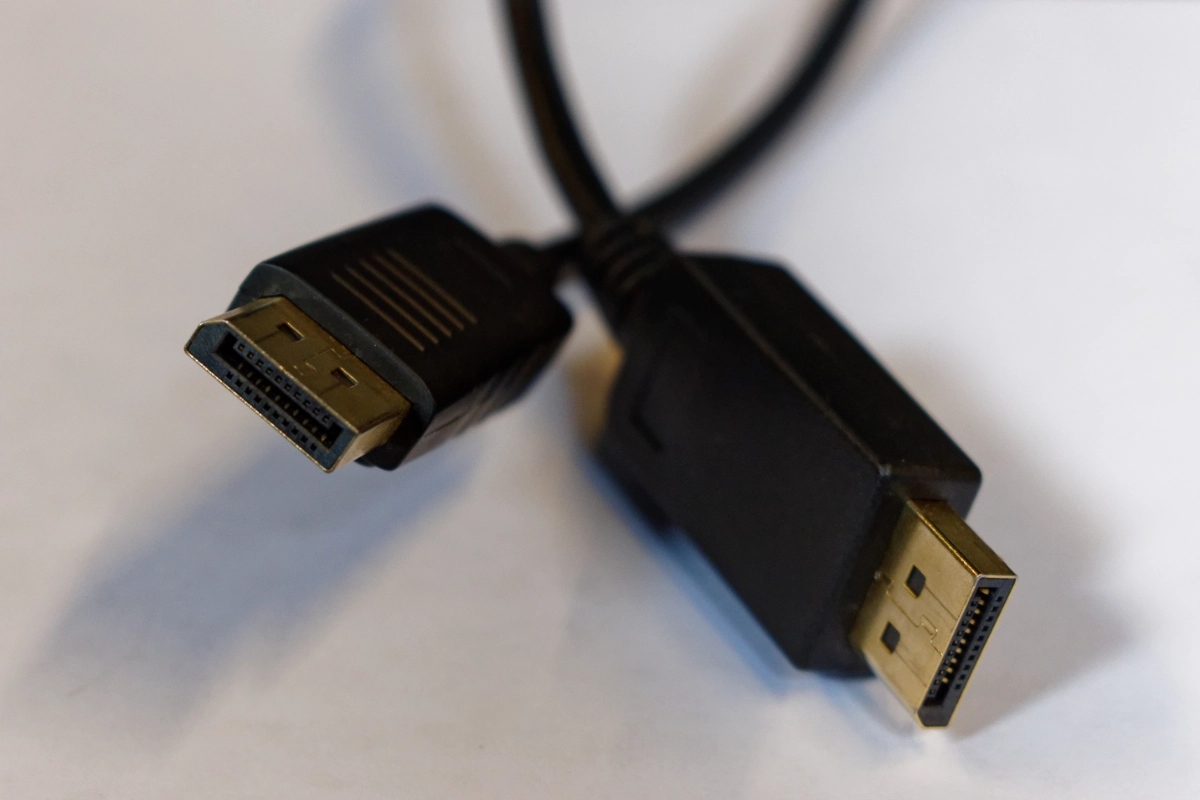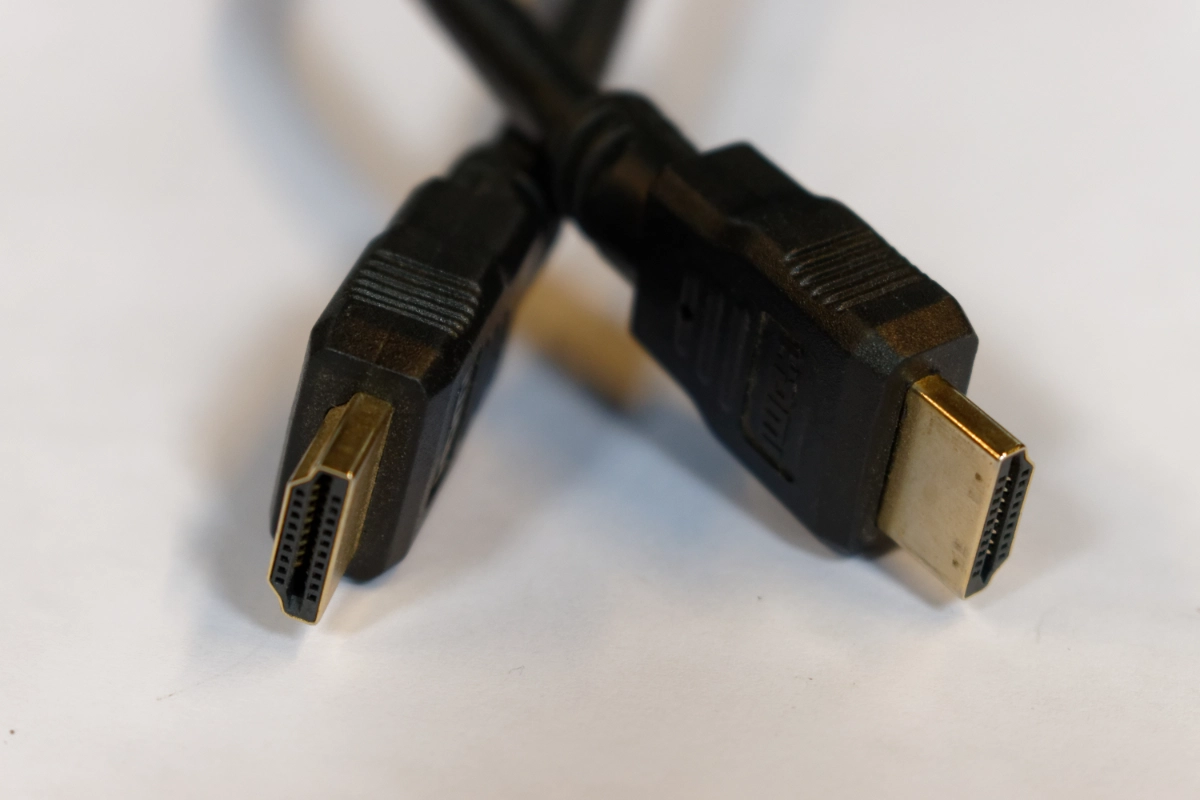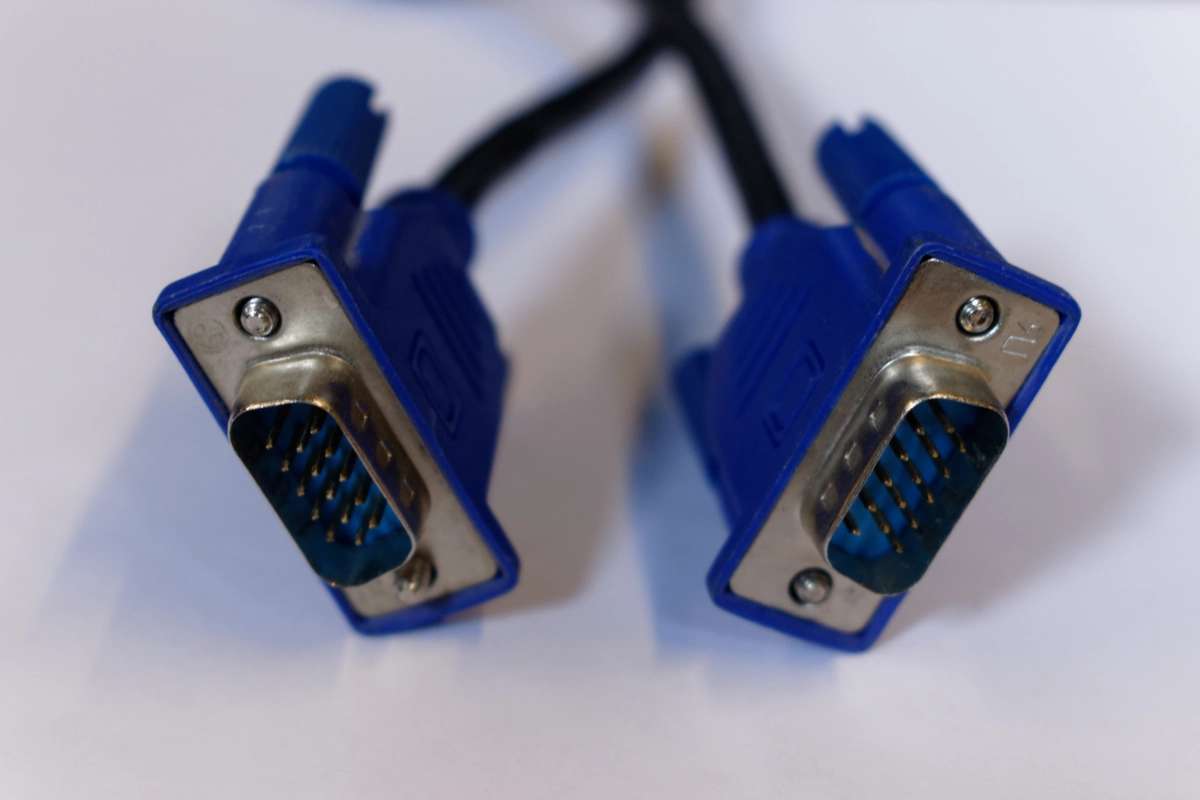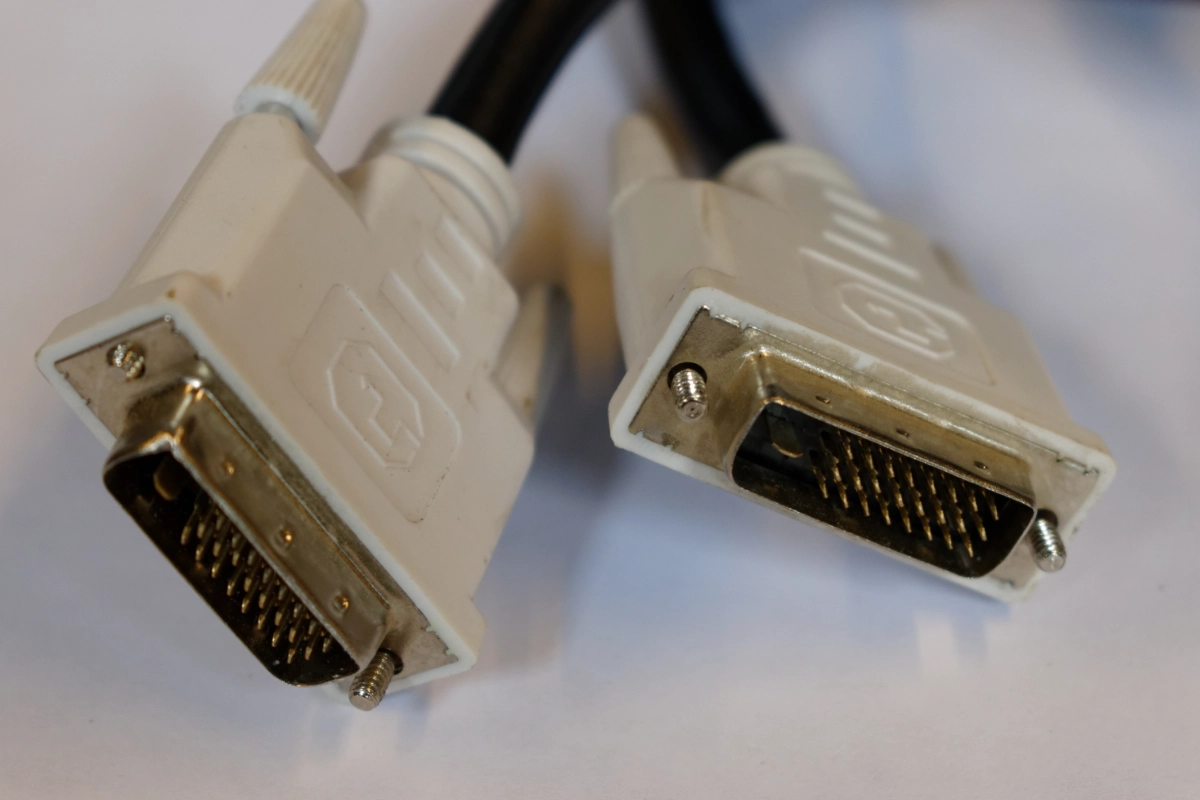The Benefits of Using Dual Monitors- Boost Workplace Productivity!
Doubling Up on Productivity- The Benefits of Using Dual Monitors for your computer
You’ve probably all seen the crazy trading computers with 6 or more monitors displaying countless information and thought why? Do they really need all that information, and the answer is surprisingly yes! The more information the better.
One of most simple ways to increase your productivity is to be able to access more information at one time and in terms of enhancing workplace performance this would be providing yourself access to multiple monitor setups. Maybe not 6, as granted that is rather excessive for almost any ‘normal’ office worker, but 2 monitors or an ultrawide monitor setup can be way better for your productivity than a standard 24 or 27 inch standalone monitor.
There are so many benefits to using dual monitors, or using a large ultrawide monitor which allows you to carefully setup the screen and view multiple windows or use multiple software packages at a single time. This is a way of working that’s becoming increasingly standard for office workers across various industries.
Utilizing extra screen space
It’s hard to actually see what difference having extra screen space will make to your productivity and workflow until you experience it yourself, but imagine your office desk space doubling in size, offering you plenty more space to organize your files or upcoming tasks, reference materials, and communication tools.
That’s essentially the effect of adding a second monitor or bigger workspace (ultrawide monitor) into your workstation. This extra digital room allows you to spread out your applications and documents, letting you keep multiple tasks open on the go and reducing the need to toggle between windows and tabs constantly.
Enhanced Multitasking and Efficiency
One of the most immediate benefits of a dual monitor setup is the significant boost in multitasking capabilities. With more screen space, you can always keep essential tools and programs open and visible.
Say you are someone who receives lots of critical emails on a day-to-day basis you can fully dedicate one side or one screen to your email client whilst using the other for your primary work tasks, such as spreadsheets, documents, or software.
This setup really reduces disruptions to your workflow, allowing for smoother transitions between tasks and higher overall efficiency. It especially works well if you are transferring data from one document to another, something many office staff will be doing daily, importing figures and so on! Some staff may not even be able to do their job properly without the functionality of extra screen space.
Improved Accuracy and Quality of Work
Accuracy in work is critical in almost every industry, especially in fields requiring attention to detail, such as design, fabrication & machining, and data analysis. A second monitor allows constant reference materials or source documents to be open on one screen while you work on the other. This side-by-side comparison speeds up the work process and drastically limits human errors, as you’re less likely to overlook details when they’re continuously visible, and you don’t keep losing sight of where you’re working in the document.
Enhanced Communication and Collaboration
In most work environments, constant communication and collaboration is vital to success. A dual monitor setup enables you to participate in video calls or partake in team chats while continuing to work uninterrupted on the other. This setup ensures that you can stay connected with your team and on top of your tasks without sacrificing productivity. This is perfect for home workers, and as we are seeing a vast increase in people working at home over the last couple of years, which has highlighted collaboration being one of the main challenges for permanent home workers.
A Boost to Well-being and Job Satisfaction
The benefits of using dual monitors extend beyond just productivity and efficiency; they also impact individual employee’s well-being and job satisfaction. If your workspace is organised and efficient it can reduce stress and frustration, leading to a more pleasant and fulfilling work experience.
Easy Setup and Customization
Setting up a second monitor is simpler than you may think. Most computers support dual monitor setups by standard, and the physical setup can often be completed in just a few minutes. Providing you have the right cables.
Windows and macOS offer a range of settings to customize your displays, from adjusting resolution and orientation to configuring specific workspaces, ensuring that your dual monitor setup perfectly suits your workflow.
So enough about the benefits, what is required for a Dual Monitor Setup?
Compatible Hardware
Well, let’s face it, having dual monitors is pretty much useless if only one is on and displaying your computer screen… so, the crucial part of a dual monitor setup is the hardware. This includes not just the monitors themselves but also your computer and its graphics card and cables.
- Monitors – For the cleanest and simplest setup, both monitors should be of the same make and model (and the same size too!). This naturally ensures that they can support the same resolutions, refresh rates, and ability to display the same colour information. If you do decide to mix and match different monitors, remember to check that both are capable of the resolution you would like to display.
- Graphics Card – Your computer’s graphics card (or GPU) is important. It needs to be capable of displaying to two output ports, to which you will connect two monitors simultaneously. Pretty much all Modern GPUs and internal graphics on processors support multiple displays at various resolutions. But don’t forget to ensure your graphics card can handle the specific resolution you aim to set for both screens. Otherwise, you could have on screen looking a lot less clear than the other, which would be very off putting!
- Correct Cabling and Adapters – Depending on which ports you have available on your computer and monitors, you will need specific cables or adapters.
- Ports – Common types include HDMI, DisplayPort, DVI, and VGA.
Incase you have absolutely no idea what I’ve been talking about here, I kindly took photos of each type of common cable and you can see them below, I’m sure you’ll recognise HDMI as it is used in most modern TV’s!
Common Cable Types
(in order of relevance/quality!)
HDMI ↓
vga ↓
dvi ↓
Notice how similar the DisplayPort cable end looks to the HDMI!
Luckily there is a difference whereby one side of the DisplayPort has a solid straight end with no curve on it, whereas the HDMI has ‘curved’ edges on both sides.
It’s also pretty clear from these photos that if you have the wrong cable it won’t be able to fit into the back of the screen, as they are very different types of configurations, so you must ensure you have the right cable that will fit in both your computer and your monitors!
- HDMI and DisplayPort are preferred for higher resolutions and most modern computers and screens are supplied with only these options. DVI is almost phased out completely now, and it is looking as though VGA will follow that path soon too.
- Make sure you have the correct type of cable for each monitor, and if necessary, use adapters that match your computer’s output ports to your monitors’ input ports without compromising signal quality. Ideally it is best to match up the output ports to the input of the display, for example if your pc output port is HDMI, try to connect it to the HDMI port of the display, instead of using a HDMI to VGA and so on. Try to avoid using adapters where possible, as it may reduce quality and performance
- Configuring Display Settings – With the hardware and connectivity sorted, the next step is to configure your computer to output the same resolution to both monitors. This is typically done through your operating system’s display settings.
On a windows pc, once at your main desktop you can right click with your mouse into the empty space on the desktop and a little menu of options will pop up, be sure to select “Display settings.” From here, you can select each monitor and adjust its resolution. Ensure both are set to the same resolution for the best visual experience and performance!
It’s also a good idea to check the monitors are the correct way around (as per the software)! You can use the “identify” feature inside of the windows display settings which will label the screens with a number, and you can use this information to find out which monitor is which and to drag and place the screen in the correct rotation, so your mouse can move from left to right over the two screens without hitting an “invisible” wall in the middle! A classic pitfall when installing dual monitors… with such a simple solution.
Creating an efficient and enjoyable work environment can really help with your workflow and adding another monitor or extending your screen space is an easy and relatively inexpensive way to increase your productivity!
What are you waiting for??
If you want any additional advice please get in touch, we’ll do our best to assist and advise you in any IT related topics!





